|
You have made the choice to begin learning the tarot. You buy your first deck, open it up - and are immediately overwhelmed. Holy cow, there are 78 cards here? How am I ever going to learn what they mean? Here are 7 steps to get you started on your tarot journey. 1) Notice what is going on in the card Many Tarot cards in the Rider-Waite-Smith Tarot deck illustrate some kind of scene unfolding. Really look at each Tarot card and ask what is going on here? What is the card imagery telling me? For example, the Eight of Cups shows a figure walking away from eight stacked cups. It would appear as though this person is going off in search of something, perhaps even abandoning the cups. Indeed, the Eight of Cups meaning is all about moving on and searching for deeper meaning and fulfillment even if it means leaving something that one has worked hard to build up. Jot down your impressions and then look up the Tarot card meaning in your companion book to see how close you were. Of course not all Tarot cards are so obviously illustrated, but this technique will work for many of the minor arcana cards. 2) Pay attention to the symbols Go through your Tarot deck and choose one symbol on each card that represents an aspect of that cards meaning for you. For me, the sun in the right hand corner of The Fool Tarot card represents optimism. The shining star in The Hermit’s lantern, in my opinion, stands for the guiding light of conscious awareness, and the uneven ground that the Page of Swords is standing on symbolizes instability. The next time you do a Tarot reading, the symbols will act as memory triggers, reminding you of the Tarot card meanings. This is a really fun exercise to do on a rainy day! 3) Understand the Tarot suit qualities Remove the Major Arcana cards from the deck and group the remaining Minor Arcana cards and Court cards into four groups – Cups, Swords, Pentacles and Wands. Each suit has a particular quality and deals with specific aspects of everyday life. Cups- emotions, feeling, relationships (Water) Swords – mental aspect, thought, communication (Air) Pentacles – physical world, body, health, money (Earth) Wands- spiritual aspect, passion, creative drive, vocation (Fire)
4) Understand the numerical qualities Re-organize your Minor Arcana cards so they are grouped according to their number. Put all the Aces together, all the Twos together, etc…until you have ten groups of four cards. Now look for the similarities – can you grasp a particular theme with each numerical group? Sometimes this is obvious and other times it is not. If you can’t see a link between the cards in each number group, what are the differences? 5) Observe any movement (or lack thereof) Go through your deck and take out the cards that show obvious movement (eg: The Tower – people falling downward, Knight of Swords – charging toward something, Five of Pentacles – limping along with difficulty, Five of Wands – lots of movement but nobody’s going anywhere!) Looking at each Tarot card individually, how does the movement in that card relate to that cards meaning? Now go through your deck again and take out the cards that show a total absence of movement (eg: The Hanged Man, Four of Swords, King of Wands, Knight of Pentacles) Looking at each Tarot card, how are these Tarot card meanings characterized by a lack of movement? 6) Personalize the Tarot card meanings See if you can relate each card to a time in your life when you experienced what this card is portraying or to someone you know who has these characteristics. Maybe the Four of Cups reminds you of the time you kept getting job offers that just didn’t interest you. The High Priestess may represent your feeling of deep connection to the divine feminine within you. And perhaps the Knight of Cups reminds you of your sensitive, artistic nephew who always follows his heart. Doing this will help you understand and remember the Tarot card meanings in a deep, personal way so that you won’t forget them easily! This isn’t something to be done in a day however – give yourself lots of time for this exercise, breaking it up over a period of several days or weeks. For example, the card below typically means being at a point where you have to choose if you are going to move forward or not. In this picture, the man reminds me of the Voodoo Loa Baron Samedi who rules the crossroads. At death he guides you forward to the next life. So for me, this card instantly tells me that the client is at a crossroads! 7) Write on your cards Jot down a few keywords on the back of each card, or on the white margins of the card. I have to be honest - this is my least favorite technique for learning Tarot card meanings. I haven’t actually tried this myself but many people tell me that this has worked well for them. I would recommend using an old deck or an extra deck that you don’t care about, since this pretty much ruins your cards! This technique will not give you the depth of understanding that the previous techniques will, but if you still find yourself getting stuck on the Tarot card meanings after trying them, give this one a shot! I have often debated if it would be worth it to create a deck like this for others to purchase for learning. Which methods do you have the most success with? Let us know!
0 Comments
Leave a Reply. |
�
Eva Sawyer24 years of tarot experience, 20 years experience as a mom, and a lifetime of knowledge is just rattling around in here!
|
Photos from shixart1985 (CC BY 2.0), Rosmarie Voegtli, PilTil.com Artist, Drawings, Creative Quotes, Atell Psychic Tarot, lubasi, Prof. Mortel, thegreathorsecigar, shixart1985, www.metaphoricalplatypus.com, foundin_a_attic, Cornelia Kopp, Bob Jenkin, 2tarot.psychic, www.tiket2.com, Atell Psychic Tarot, symphony of love, Guilherme Yagui, Atell Psychic Tarot, shixart1985

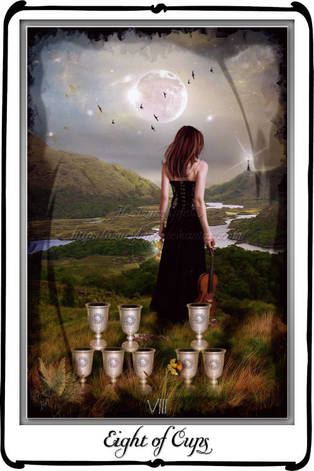


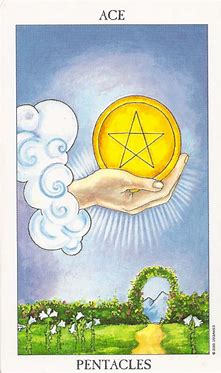
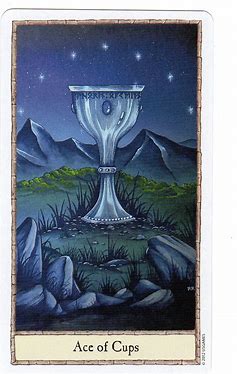

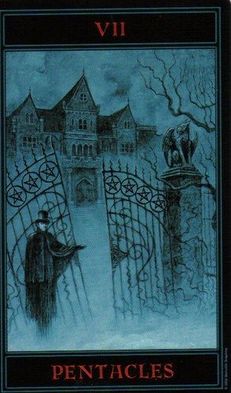
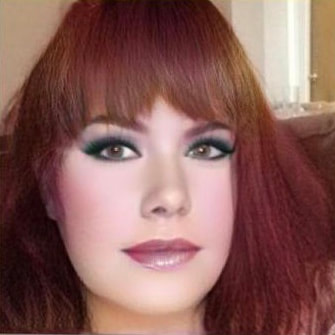
 RSS Feed
RSS Feed
